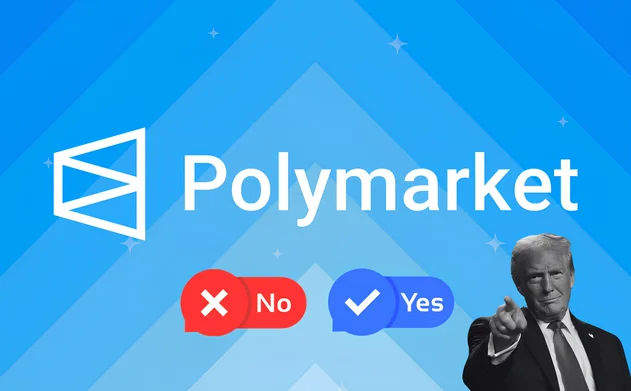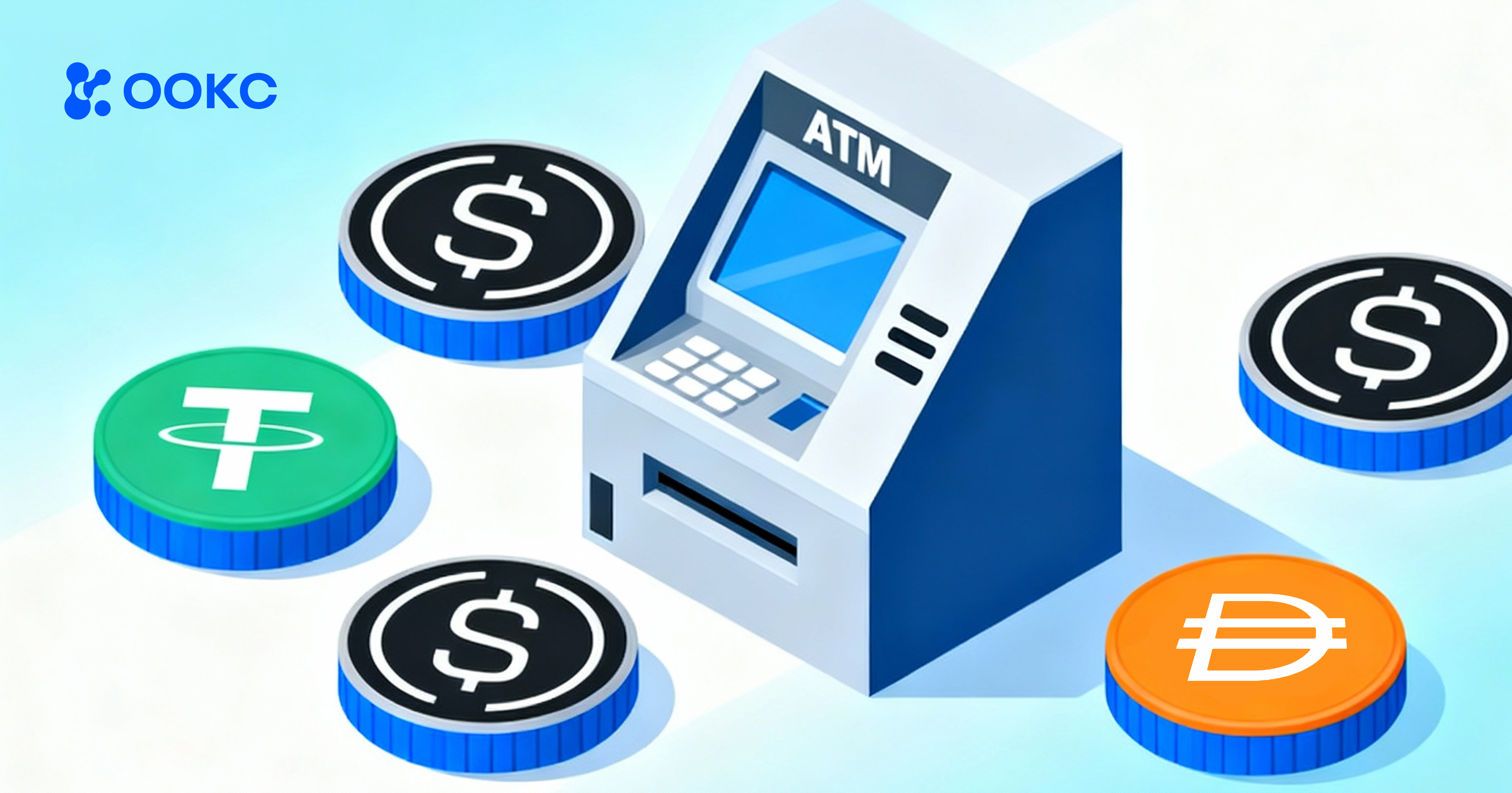Polymarket---The On-Chain Prediction Market Pricing the Future
1. Project Overview
Amid the rapid convergence of blockchain and finance, Polymarket represents a cutting-edge paradigm where information becomes an asset and probability becomes price.
Built on Ethereum Layer-2 networks such as Polygon, Polymarket is a decentralized prediction-market platform that allows users to stake on real-world events: politics, economics, sports, geopolitics, and more. Through participants’ wagers, the market aggregates capital into price signals that represent collective expectations about the future.
Unlike traditional gambling or futures trading, Polymarket emphasizes that price equals the market’s consensus probability. Every trade is not just speculation, but a contribution to society’s shared estimate of how likely an event is to occur.

From a positioning perspective, Polymarket sits at the intersection between financial markets and information markets. It is neither a typical crypto exchange nor a pure betting site. It combines the structural sophistication of finance with the information-aggregation function of crowd prediction. The platform’s slogan, “Bet on what you believe will happen” , captures its core value proposition: as more people participate and as more information is reflected in prices, the market itself becomes a living snapshot of public expectations.
At the same time, blockchain settlement and decentralized smart contracts give Polymarket higher transparency and accessibility than traditional institutions. Anyone can observe the order book, track liquidity, join after a market opens, or exit positions freely. All directly on-chain.
However, the project also faces notable challenges:
- Regulatory scrutiny: Prediction markets have long been closely watched by regulators, since “event contracts” may be classified as derivatives or gambling instruments under existing legal frameworks.
- User-education barriers: Understanding that “price = probability” requires a level of probabilistic thinking and risk-management skill not common among everyday traders.
- Market maturity: While Polymarket attracts data-driven and high-frequency participants, its liquidity depth and overall market maturity still lag behind traditional spot markets.
- Scaling and compliance hurdles: Ultimately, Polymarket’s success as an on-chain probability market depends on advancing its mechanisms, achieving regulatory clarity, and building scalable real-world adoption.
2. Mechanism and Market Design
2.1 Why Prediction Markets Need Automated Pricing and Liquidity
The biggest challenge for a prediction market isn’t issuing event contracts: it’s ensuring that at any given time, there’s always a counterparty, a price, and liquidity.
In traditional, manually matched markets, smaller or niche events often face a liquidity deadlock: buyers can’t find sellers, prices stagnate, and some contracts simply stop trading. This discourages participation and makes it difficult for the market to grow.
To solve this, researchers proposed the Logarithmic Market Scoring Rule (LMSR): an automated market-making algorithm designed to provide continuous liquidity. The core idea is to link the size of the liquidity pool, the total amount wagered, and the price through a mathematical curve, so that no matter who buys or sells, the system can always quote and settle instantly.
From this, the instantaneous price (or implied probability) of outcome i can be derived as:

where qi represents the cumulative amount of funds staked on outcome i, and b is the liquidity or market-depth parameter.
Accordingly, the instantaneous price (or implied probability) for outcome i is given by:

Such a function endows the market with several important characteristics:
- Low early betting cost and smooth pricing: prices move gradually when the total staked amount is small.
- Accelerating price response: as more funds enter, price sensitivity increases and slippage grows, preventing manipulation by small capital.
- Defined maximum loss: the market’s worst-case loss is mathematically bounded (typically b In(N)), where N is the number of outcomes).
These properties make prediction markets, in theory, an elegant mechanism for information aggregation and probabilistic expression.
However, in practice, the LMSR approach also faces several challenges: determining an appropriate b value, controlling arbitrage behavior, and ensuring reliable real-world settlement via oracles.
However, practical challenges remain: choosing an appropriate b value, preventing arbitrage abuse, and linking on-chain markets to real-world resolution oracles that can verify outcomes reliably.
2.2 Polymarket’s Evolution: From AMM to Order Book
As Polymarket expanded, the limitations of pure algorithmic market-making became clear. LMSR-based AMMs guarantee perpetual liquidity, but come with high inventory risk, limited depth, and wide spreads.
To address this, Polymarket gradually evolved toward a hybrid order-book model that allows professional market makers to participate directly. Users can now place bids and asks that shape the market more dynamically, much like traditional DEXs or centralized exchanges (CEXs).
This transition brought several key benefits:
Deeper liquidity and narrower spreads: professional makers can deploy capital efficiently and maintain market quality.
- Enhanced responsiveness for high-attention events: political elections or major sports outcomes attract active liquidity pools and vibrant price action.
- Better data visibility: the order book and trade history provide transparent metrics for institutions and quantitative traders.
But this shift also introduced new challenges. Market makers now assume greater risk exposure, clearing and compliance structures have become more complex, and the platform must balance matching efficiency, fairness, and information transparency.
2.3 Structure of YES/NO Shares and Settlement Logic
At the core of Polymarket’s trading logic lies a closed loop of event creation → wagering → settlement → payout.
Each event contract issues YES and NO tokens, representing binary outcomes. Once the final result is confirmed, either by an official data source or an arbitration oracle, the winning side immediately settles at full value (typically $1), and the losing side becomes worthless.
Before resolution, users can freely sell their positions to others, effectively closing their bets early. This feature creates DEX-like liquidity, though depth depends heavily on event popularity and open orders.
In summary, Polymarket’s system tightly integrates probability, price, and liquidity through design. The platform’s evolution, from an AMM-based model to an order-book-driven market, and from single algorithmic liquidity to a multi-participant structure, reflects its growth toward scale, professionalism, and regulatory readiness.
3. Economic Model and Liquidity Mechanism
Polymarket’s liquidity model differs fundamentally from traditional AMM-style DeFi protocols. There are no independent liquidity-provider (LP) pools; instead, all funds staked by users directly constitute the market’s depth.
Each time a user buys a YES or NO share, they are effectively adding one-sided liquidity to the market. The advantage of this design is that it prevents the pool from ever “drying up” : the more people participate, the deeper the market becomes, without the need for extra incentives to attract LPs.

Under the order-book system, Polymarket’s liquidity comes from two layers:
- Natural liquidity: generated by the order placement and trading behavior of retail and institutional participants.
- Professional market-making: handled by a small number of high-frequency or quantitative teams that provide continuous bids, asks, and hedging.
Trading fees are the platform’s main source of revenue. Meanwhile, brand awareness and user retention create strong network effects: major, high-attention events (such as U.S. elections) act as natural growth engines that bring in external traffic.
Unlike algorithmic AMMs, Polymarket’s “depth coefficient” is not predefined by formula, but emerges dynamically from real capital and order density. In other words, the market’s elasticity is determined by competition rather than code, marking a shift from mathematical modeling to organic market dynamics.
4. Market Data and User Ecosystem
Between 2024 and 2025, Polymarket’s activity rose steadily alongside real-world news cycles. Election-related events remain the dominant traffic drivers, but new categories such as sports, macroeconomic indicators, and public-opinion topics are forming fresh growth curves.
On-chain data shows that in the first half of 2025, monthly trading volume repeatedly surpassed 1 billion USD, with politics and sports together accounting for about 70 percent.
Polymarket’s user base shows a clear bipolar structure:
On one end are information-driven participants: users with backgrounds in politics, macroeconomics, or data analysis, motivated by accuracy.
On the other are speculative traders: focused on short-term price swings and arbitrage.
The former provide informational depth and signal quality, while the latter contribute liquidity and price discovery. Together, they form a self-reinforcing ecosystem.
Market performance also reflects the attention-economy dynamic. Whenever an event hits a media peak: a poll release, a live debate, or key economic data, both trading volume and volatility spike dramatically.Prices often move ahead of traditional media and polling data, which is why prediction markets have long been viewed by researchers as leading indicators of public sentiment and collective expectation.

5. Regulation and Compliance
Prediction markets naturally sit in a legal gray area. In 2022, the U.S. CFTC fined Polymarket 1.4 million USD for operating an unregistered event-based futures platform. The company subsequently restricted access for U.S. users and restructured its operations.
In September 2025, Reuters reported that Polymarket had acquired the licensed exchange QCEX and obtained a “no-action” letter, potentially allowing it to reopen to U.S. users: a move widely seen as a policy turning point for the entire sector.
The compliance challenge extends beyond the U.S. Several European countries (including Belgium and Poland) have also blocked such platforms, citing their hybrid nature as both gambling and derivative instruments.
Polymarket’s emerging compliance strategy follows a two-tier structure:
- Upper layer: a regulated U.S. entity ensuring transparency, reporting, and consumer protection.
- Lower layer: a globally accessible prediction market maintained through blockchain infrastructure.
This layered approach lets the platform remain visible to regulators while preserving crypto-native openness. With the success of regulated peers like Kalshi, regulators are increasingly recognizing that prediction markets are not merely gambling, but quantifiable systems of social information.
6. Risks and Limitations
Despite its rapid growth and refined mechanism, Polymarket still faces several key risks:
- Oracle and settlement risk: if a real-world outcome is disputed or delayed, redemption can stall and undermine user trust.
- Market-manipulation risk: in low-liquidity events, large players can temporarily distort prices and create misleading probabilities.
- Regulatory risk: laws differ widely across jurisdictions; even small boundary violations can trigger enforcement.
- Cognitive-bias risk: many users misinterpret market prices as public-opinion polls, overlooking the role of capital weight and risk tolerance.
It’s crucial to understand that a Polymarket price reflects a capital-weighted probability, not necessarily the true likelihood of an event. For newcomers, grasping this distinction is the first step toward responsible participation.
7. Outlook and Conclusion
In the future, Polymarket may evolve beyond a simple betting platform to become a decentralized engine of collective expectation.Its price data could serve as a real-time sentiment index for AI systems, institutions, and policymakers; its market dynamics could mirror public-opinion shifts; and its mechanism could extend into DAO governance, risk hedging, or macro-economic forecasting.
In a broader sense, prediction markets represent a new model of information governance. In the traditional world, beliefs are intangible; on-chain, they can be priced, traded, and aggregated.Polymarket turns human uncertainty into a tradable metric, and in doing so, reveals the wisdom of markets.
For investors, its real value lies not in individual wins or losses, but in understanding the logic of this probabilistic economy:when attention becomes liquidity, perception becomes an asset, and price becomes a signal, the prediction market becomes nothing less than a mirror of reality itself.

Media
Ideas & Inspiration
The Structural Logic of Yield-Bearing Stablecoins

OOKC Insight | USDe Didn’t Actually “Depeg”

LADT Launch | OOKC Drives Digital Economy Growth








